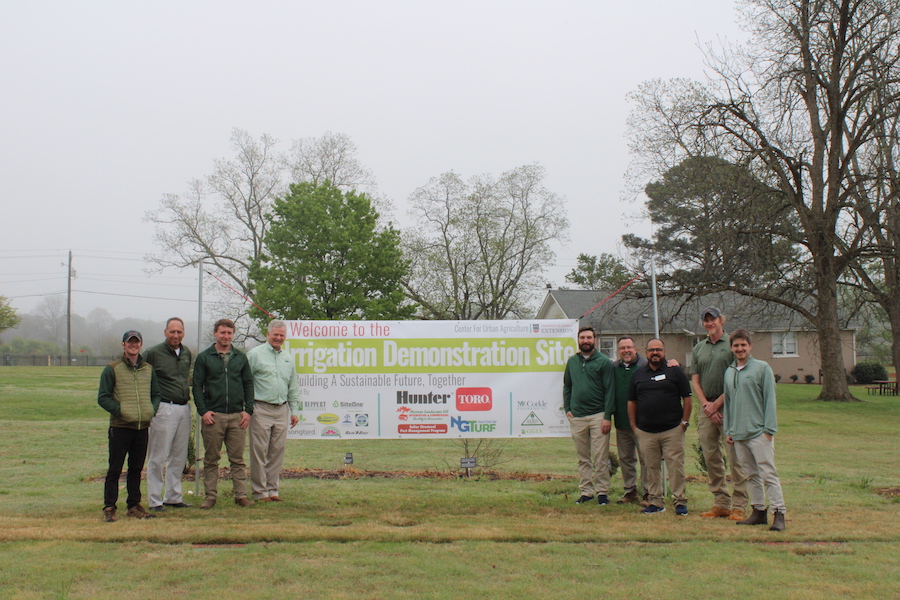Recycling is all the rage, from aluminum cans and newspapers to plastic bottles and bags. But did you know that you can recycle in your lawn? Rather than throwing away bagged grass clippings, put your yard waste to use. This environmentally friendly method of organic gardening is called “grasscycling.”
Grasscycling is not a new concept-- our grandparents did this before bagging became popular. Leaving the clippings on the lawn allows them to act as mulch for the grass plants and helps conserve water. Also, as the grass clippings decompose, they add valuable nutrients back to the soil.
Grass clippings are a natural fertilizer. A Rodale Institute Research Center study shows that an acre of clippings provides 235 pounds of nitrogen, 210 pounds of potassium and 77 pounds of phosphorus. Do these chemical names look familiar? They should; they are the same ones listed on fertilizer bags.
Grass clippings are fast acting, too. An additional study showed that nitrogen from grass clippings was incorporated into new grass growth within one week.
In addition to helping turfgrass, grasscycling cuts down on lawn care time and saves landfill space. During spring and summer months, bagged lawn clippings increase solid waste 20 to 30 percent. Raking and bagging also takes time. It is estimated that after six months of grasscycling, homeowners save seven hours of time doing lawn maintenance.
Grasscycling – How to do it
You don’t need a special mower to grasscycle. However, mulching mowers and mulching blades, which cut grass clippings into smaller pieces, are available. This helps clippings decompose more quickly.
To get the most benefits from grasscycling, mow your grass at the right height. Different grass species perform best at specific heights. Mowing too short can scalp the grass, putting it into a state of shock that may make it more susceptible to pests. Leaving the grass too high can cause it to take longer to dry out after rain or watering, which also creates a potential environment for pests.
The perfect scenario is to remove one-third of the grass height. For example, to achieve tall fescue grass that is two-inches-high, mow the grass when it reaches three inches tall.
The recommended mowing heights for popular turfgrass species are as follows: Hybrid bermudagrass: 1 to 1.5 inches; centipedegrass: 1 to 2 inches; St. Augustinegrass: 2 to 3 inches, Zoysiagrass: 1 to 2 inches; and tall fescue: 2 to 3 inches.
Be sure to keep the mowing blade sharp. Dull blades tear grass instead of cutting it. This creates a wound that may need extra nutrients and water to heal because the plant is stressed.
Also, find out your area’s outdoor water use regulations. Within those guidelines, water between 9 p.m. and 9 a.m. Evaporation is lower during this time so more water gets into the soil.
It is important to water deeply. Turfgrass needs about 1 inch of water per week, generally in two applications. Don’t water a small amount daily. This creates a shallow root system and puts the grass at risk during high heat and drought stress.
Grasscycling is only one part of a sustainable turfgrass program. For more information, contact your local University of Georgia Cooperative Extension office at 1-800-ASK-UGA1 or go to www.GeorgiaTurf.com.







